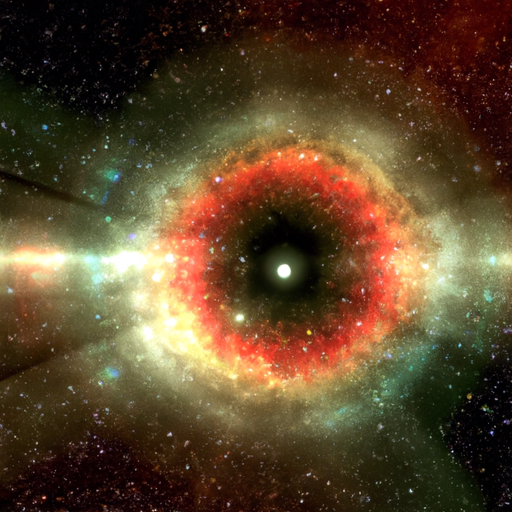In the fascinating realm of astrophysics, one theory has captured the imagination of scientists and enthusiasts alike: the Multiverse Theory. This captivating idea suggests that our universe may just be one of many, existing alongside parallel universes with their own unique set of physical laws and realities. Exploring the possibility of multiple universes coexisting not only challenges our perception of reality but also offers a glimpse into the vast potential of the cosmos. By pondering the existence of a multiverse, we are prompted to question the boundaries and limitations of our own universe, opening up endless possibilities for exploration and discovery.
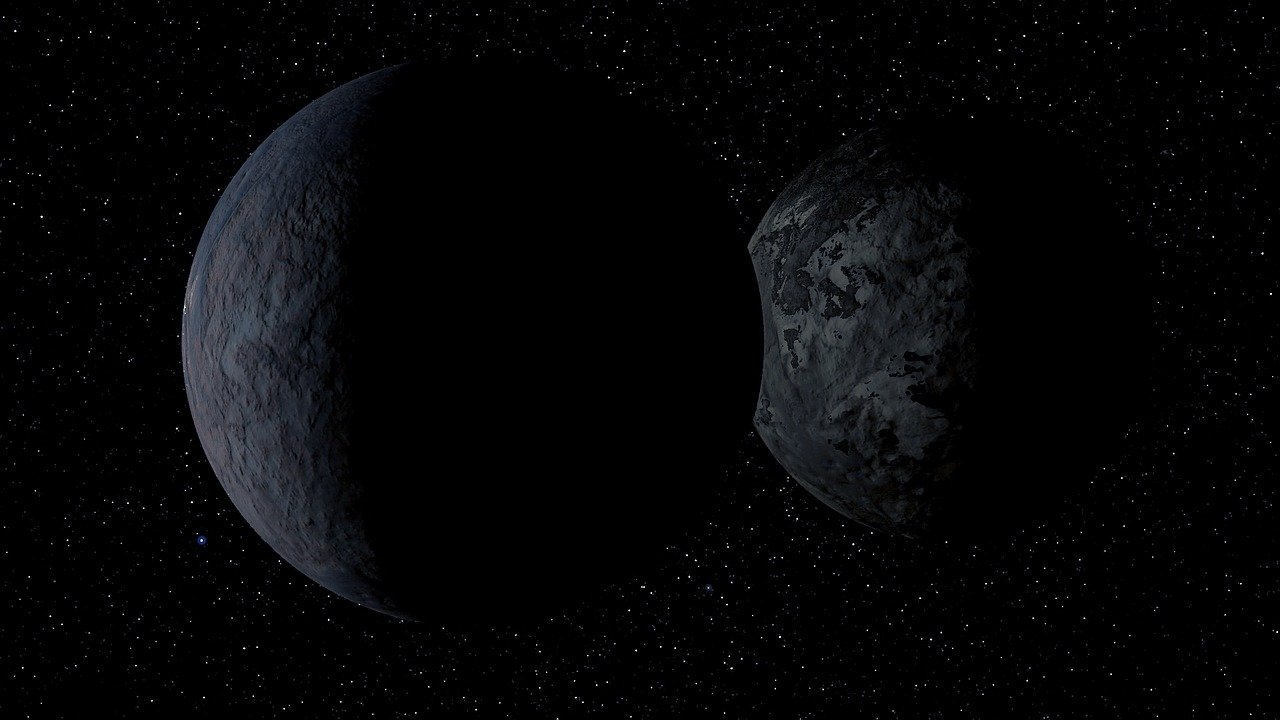
What is the Multiverse Theory?
Definition of the Multiverse Theory
The multiverse theory, also known as the many-worlds theory, is a hypothesis in modern physics and cosmology that suggests the existence of multiple universes parallel to our own. According to this theory, there isn’t just one universe but rather a vast ensemble of universes, each with its unique set of physical laws, constants, and conditions. These universes may coexist and overlap with one another, creating an intricate and vast cosmic landscape.
Types of the Multiverse Theory
There are various types of multiverse theories proposed by physicists and cosmologists. Some of the prominent types include:
Inflationary Multiverse: This theory suggests that during the rapid expansion of the early universe, regions of space can inflate at different rates, giving rise to multiple bubble universes, each with its own set of physical properties.
Bubble Universes: According to this concept, bubble-like structures can form within our universe or other universes, creating separate, self-contained regions with their unique properties.
Brane Multiverse: In brane cosmology, it is proposed that our universe exists on a 3-dimensional “brane” floating in a higher-dimensional space called the “bulk.” Other branes, representing other universes, could also exist in the bulk, separated from ours.
The Origins of the Multiverse Theory
The concept of multiple universes in ancient cultures
The idea of multiple universes or alternate realities is not confined to modern scientific speculation. Ancient civilizations and cultures from various parts of the world have conceptualized multiple worlds or realms coexisting with ours. For example, in Hindu cosmology, there is the concept of “lokas,” which are different planes of existence beyond our own physical realm.
Coming of the Multiverse Theory in modern science
The concept of a multiverse gained significant attention and footing in modern scientific discourse during the 20th century. Physicists and cosmologists such as Hugh Everett and Andrei Linde proposed theories that gave rise to the idea of multiple universes. Everett’s many-worlds interpretation of quantum mechanics suggested that every possible outcome of a quantum event leads to the creation of a new parallel universe.
Supporting Evidence for the Multiverse Theory
Cosmic background radiation
One of the supporting pieces of evidence for the existence of the multiverse comes from cosmic background radiation, also known as the afterglow of the Big Bang. The uniformity and isotropy observed in the cosmic background radiation could be explained by the existence of other universes. These other universes might have influenced our own through gravitational interactions, leaving an imprint on the cosmic microwave background.
Anomalies in cosmic microwave background radiation
In addition to the overall uniformity, scientists have discovered intriguing anomalies in the cosmic microwave background radiation. These anomalies, such as temperature fluctuations and unexpected patterns, could be attributed to the presence of other universes or cosmic collisions in the multiverse.
Quantum physics and many-worlds interpretation
Quantum physics and its many-worlds interpretation propose that every possible outcome of a quantum event actually occurs in separate universes. The probabilistic nature of quantum mechanics suggests that all possible outcomes branch off into parallel universes, each representing a different result. While this interpretation isn’t direct proof of the multiverse, it provides a theoretical basis for its existence.
Theoretical Frameworks for the Multiverse Theory
Inflationary cosmology
Inflationary cosmology, proposed by physicist Alan Guth, provides a potential framework for the existence of the multiverse. According to this theory, the universe underwent a rapid expansion phase called inflation shortly after the Big Bang. During this period, different regions of space could have inflated at different rates, giving rise to multiple universes. This theory helps explain the observed uniformity of the universe while allowing for variations in different universes.
Bubble universes
The concept of bubble universes is based on the theory of cosmic inflation. It suggests that during the rapid expansion of the early universe, bubbles can form within the fabric of space. Each bubble represents a separate universe with its unique set of physical properties. These bubbles can exist in the same space but remain causally disconnected from one another.
Brane cosmology
In brane cosmology, it is proposed that our universe exists on a brane, a higher-dimensional surface embedded within a larger spacetime called the “bulk.” Other branes, representing other universes, could also exist in the bulk. The interaction between different branes could explain the existence of parallel universes and their potential influence on each other.
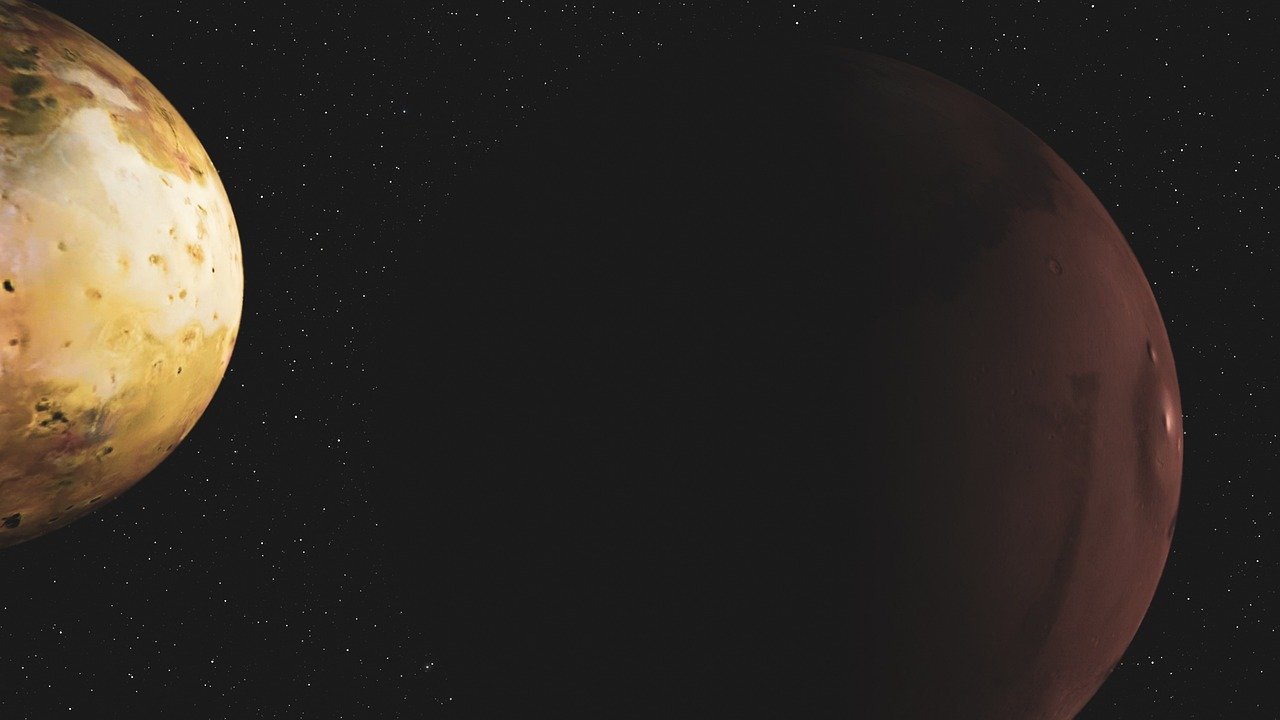
Testing the Multiverse Theory
Detecting signatures of other universes
Testing the multiverse theory is an ongoing challenge for scientists, as it requires detecting concrete evidence of other universes. Some researchers suggest looking for signatures in the cosmic microwave background radiation that could indicate interactions with other universes. Detecting imprints from cosmic collisions or evidence of gravitational effects beyond what can be explained by our own universe would be significant support for the multiverse theory.
Particle collider experiments
Particle colliders provide another avenue for testing the multiverse theory. High-energy collisions generated by particle accelerators could potentially create conditions resembling interactions between different universes. By analyzing the particle decay patterns and energy distributions, scientists hope to find evidence of the existence of other universes.
Astrophysical observations
Astrophysical observations, such as studying the distribution of galaxies, cosmic rays, or even searching for gravitational waves, can provide insights into the existence of other universes. Anomalies or patterns in these observations that cannot be explained by our current understanding of the universe could indicate the presence of other universes or the influence of the multiverse.
Critiques and Challenges to the Multiverse Theory
Occam’s Razor
One critique of the multiverse theory is based on Occam’s Razor, a principle that suggests the simplest explanation is often the most likely one. Skeptics argue that invoking the existence of an infinite number of parallel universes may be an unnecessary multiplication of entities and may not provide a more elegant solution to cosmological questions than other explanations.
Lack of empirical evidence
One significant challenge to the multiverse theory is the lack of direct empirical evidence. As the multiverse is currently beyond the reach of our observational capabilities, scientists must rely on indirect evidence and theoretical frameworks. Critics argue that without solid empirical evidence, the multiverse theory remains speculative and cannot be considered scientifically proven.
Philosophical problems with infinite possibilities
The concept of an infinite number of universes raises philosophical questions and concerns. Critics argue that the existence of an infinite number of alternate realities undermines the significance and uniqueness of our own universe. It challenges the idea of a single, purposeful universe and raises questions about the nature of reality and our place within it.
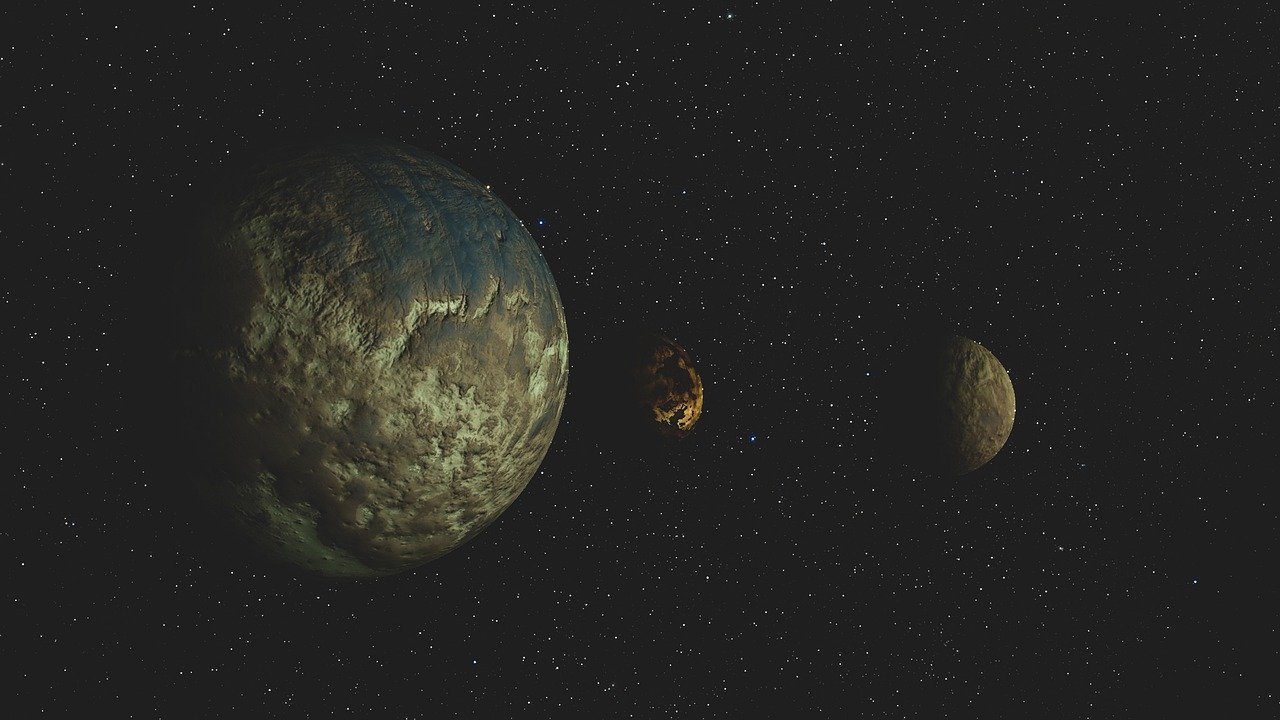
Implications of the Multiverse Theory
Copernican principle and human significance
The multiverse theory challenges the idea of Earth and humanity’s central role in the universe. If there are multiple universes, each with its unique properties, it suggests that Earth may not hold any privileged position. This realization aligns with the Copernican principle, which suggests that there is nothing exceptional about our place in the cosmos. The multiverse theory encourages us to consider our significance in a broader, cosmological context.
Existence of alternate versions of ourselves
The multiverse theory opens up the possibility of alternate versions of ourselves existing in parallel universes. This concept, often portrayed in science fiction, raises intriguing questions about identity and the potential interactions between different versions of ourselves. It sparks the imagination and invites contemplation about the choices and paths not taken in our own lives.
Potential for inter-universe communication
If the multiverse theory holds true, there may be a potential for communication or interaction between different universes. However, the vast distances and potential differences in physical laws and constants between universes pose significant challenges to such inter-universe communication. Nevertheless, exploring this possibility could have profound implications for our understanding of the universe and our place within it.
Multiverse Theory and the Search for Extraterrestrial Life
Connection between the multiverse and the Fermi paradox
The Fermi paradox, which asks why we haven’t detected any signs of advanced extraterrestrial life, could find potential explanations within the multiverse theory. If the multiverse exists, it could suggest that life and civilizations are abundant in the grand cosmic tapestry, but they exist in separate universes that are inaccessible to us. This could help explain the absence of contact with extraterrestrial beings despite the vastness of the universe.
The Drake equation and its implications
The multiverse theory also impacts the Drake equation, a hypothetical formula that estimates the number of active, communicative civilizations in our galaxy. Considering the possibility of multiple universes, the number of potential extraterrestrial civilizations could greatly increase, as each universe could host a variety of life-supporting conditions. This expands the scope of the search for extraterrestrial life beyond our universe.
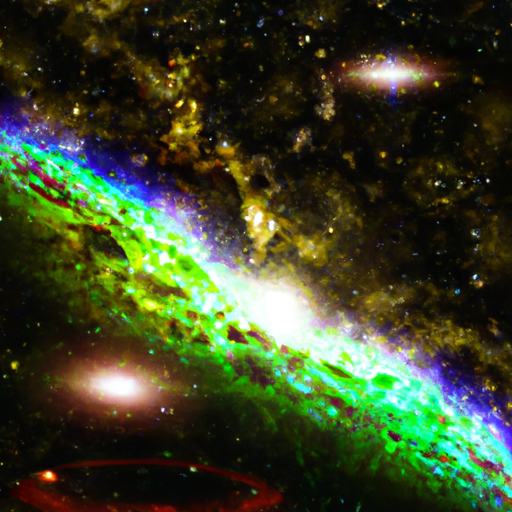
Philosophical Considerations of the Multiverse Theory
The nature of reality and metaphysical implications
The multiverse theory raises profound philosophical questions about the nature of reality itself. It challenges our perception of a single, objective reality and introduces the idea of an infinite and ever-expanding cosmic landscape. The multiverse theory invites contemplation on the metaphysical aspects of existence, consciousness, and the underlying fabric of the universe.
Implications for religious beliefs
The multiverse theory can have implications for religious beliefs and cosmology. It opens up discussions about the existence of a higher power or creator and how it relates to the vastness and complexity of the multiverse. Some religious perspectives may find the concept of multiple universes compatible with their understanding of the divine, while others may find it in conflict with their beliefs.
Applications of the Multiverse Theory
Impact on cosmology and theoretical physics
The multiverse theory has significant implications for cosmology and theoretical physics. It challenges our current understanding of the universe and pushes the boundaries of scientific exploration. Exploring the multiverse theory can lead to new insights and advancements in our understanding of the fundamental nature of space, time, and matter.
Potential technological advancements
The multiverse theory can inspire technological advancements in various fields. For example, searching for evidence of other universes may drive the development of more advanced telescopes, particle accelerators, and observation instruments. Additionally, understanding the multiverse could unlock new possibilities for manipulating or harnessing the laws of physics, leading to technological breakthroughs we cannot currently imagine.
In conclusion, the multiverse theory presents a captivating and thought-provoking concept that challenges our understanding of the universe. While the direct scientific evidence for the multiverse remains elusive, the theoretical frameworks, supporting evidence, and philosophical considerations continue to fuel scientific exploration. Whether the multiverse theory ultimately proves true or not, it stimulates our imagination, expands our perspective, and drives us to unravel the mysteries of the cosmos.
